Body farm where the dead give up their secrets for the living
Some are concealed in shallow graves, others in a mass burial. Some are naked on the ground. It sounds macabre but the bodies were donated by their former owners. Gillian McNally goes behind the scenes of Australia’s only human ‘body farm’.
True Crime
Don't miss out on the headlines from True Crime. Followed categories will be added to My News.
In a secluded forest at the base of the Blue Mountains, 19 people are quietly decomposing.
Some are concealed in shallow graves, others in a mass burial. Some are naked on the ground.
It sounds macabre but the bodies were donated by their former owners for this exact purpose at Australia’s only body farm.
The first of its kind outside the US, the Australian Facility for Taphonomic Experimental Research (AFTER) is a huge outdoor lab where experiments using donated human corpses are run to investigate taphonomy, the science of decomposition.
Its aim is to provide answers that benefit the living — families of missing persons, victims of homicides and mass disasters — by collecting data never before available in frontline investigations.
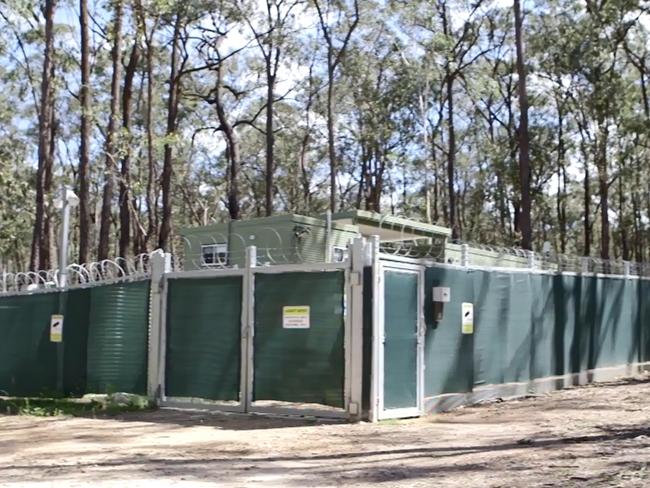
MORE FROM GILLIAN McNALLY
‘WE’RE DISPOSABLE’: TOXIC TRUTH ABOUT REALITY TV
HOSPITAL SUPER GRANNIES WILL MELT YOUR HEART
Established in 2016, in just three years research by more than 60 academics, police and forensic experts has revealed insights changing the course of death investigations in Australia.
The most significant is how human remains decompose in the Sydney environment — they mummify — which will help enhance accuracy of time of death estimates, a critical starting point for investigations.
More than 850 people have now registered to gift their body to the facility, with 60 donors currently on site, deputy director Dr Maiken Ueland told The Sunday Telegraph.
“It’s a facility where we look at how the body breaks down and we use that to try to figure out how we can best help law enforcement,” Dr Ueland said.
“I think one of the biggest misconceptions about the work is that it’s depressing and sad, or that’s it’s very dark, but it’s not.
“It’s really important work because we are doing research that ultimately is going to help individuals who can’t speak for themselves.”
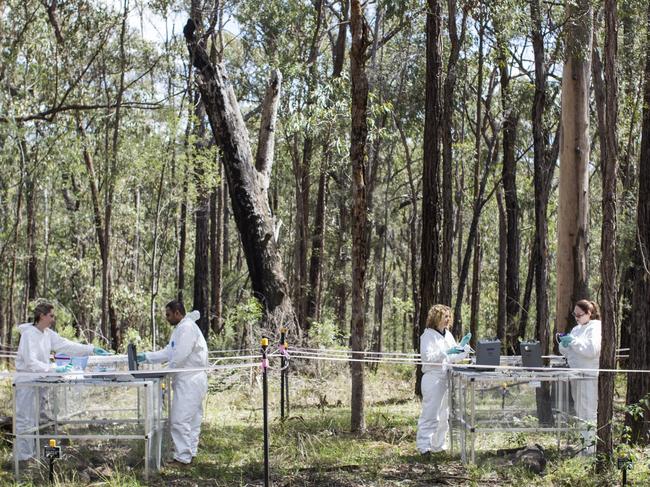
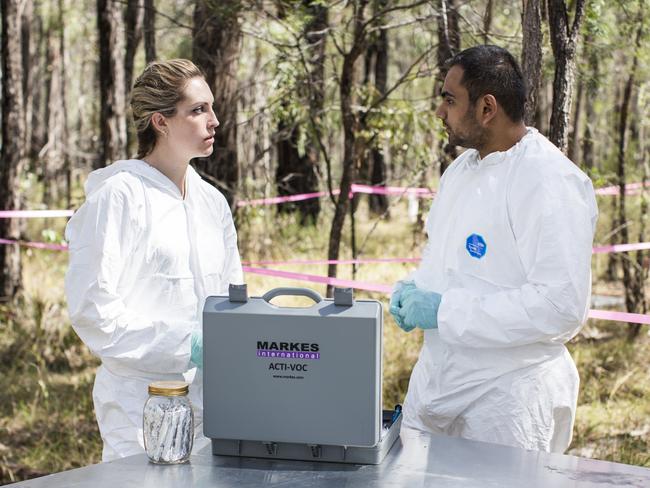
The popular term ‘body farm’ does little to describe the vital role decomposition facilities play in bringing justice and resolution to families of the dead.
Forensic taphonomy involves multiple disciplines from entomology to archaeology and looks at how environmental factors affect a human bod after death, and what clues a body leaves behind as it breaks down.
Experts consult on cases involving missing persons such as bushwalkers who may have perished, murder victims who may have been dumped in remote locations or buried in hidden graves, as well as victims of natural and man-made disasters and genocide.
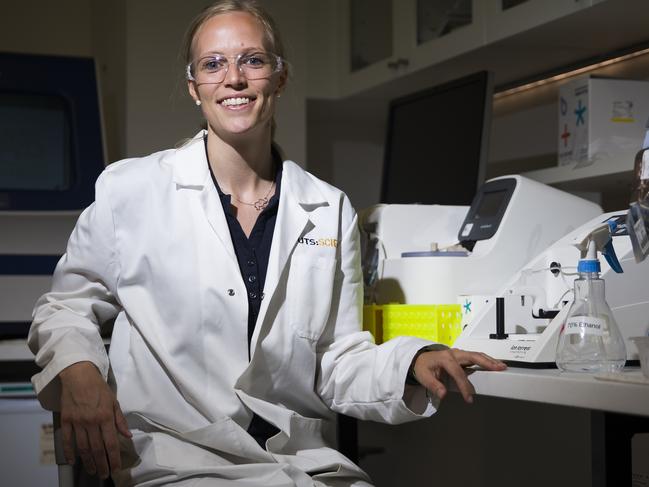
While the work is confronting, it’s also one of problem-solving and puzzles, Dr Ueland said, although few outsiders ever see it first-hand.
Access to AFTER is extremely restricted, users are bound by confidentiality agreements and the location kept secret to protect donors and research.
Surrounded by maximum security fencing, currently 19 donors are decomposing in various burial scenarios in the 10.5-acre bushland property owned by UTS.
One is enclosed in an aluminium hood to study odour profiles to better train cadaver detection dogs. Some are in a group burial as part of a project aimed at improving detection of mass graves, a first using human remains in the Southern Hemisphere.
Others have been out in the elements for almost three years, protected by wire grating from scavengers, and they’ve thrown up surprising findings. They’re preserving or mummifying.


It’s an outcome researchers would never have known without studying whole cadavers in the Australian environment. Previously, they had relied on research from US body farms, where factors affecting decomposition such as temperature, soil, and insects are vastly different.
Local studies on pigs provided the best alternative but pigs followed classic decomposition stages: fresh, bloat, active decay, advanced decay and dry remains or skeletonisation.
Humans in the Sydney climate dried out and “preserved”, a finding so unexpected, researchers repeated the studies multiple times.
“The mummification findings really highlighted the difference between pigs and humans, and showed how important the facility was in terms of our research,” Dr Ueland said.
“Without it we would have still had a misconception about the visual decomposition processes in our environment.”
While the results are still being investigated, the insights are helping experts provide more accurate details to police about time of death, which allows investigators to confirm alibis, corroborate witness statements and in missing person cases, narrow the search for candidates and speed up identification of remains.
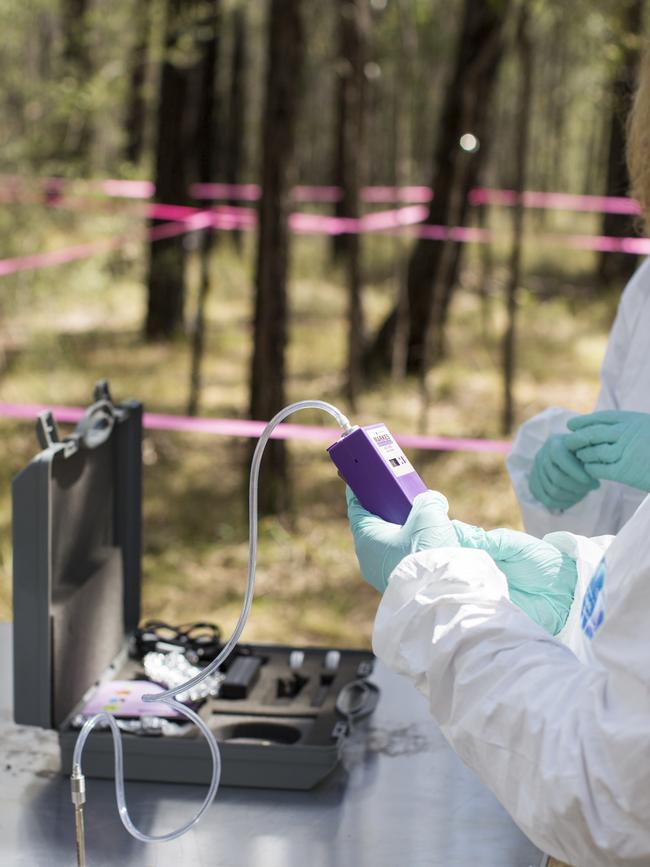
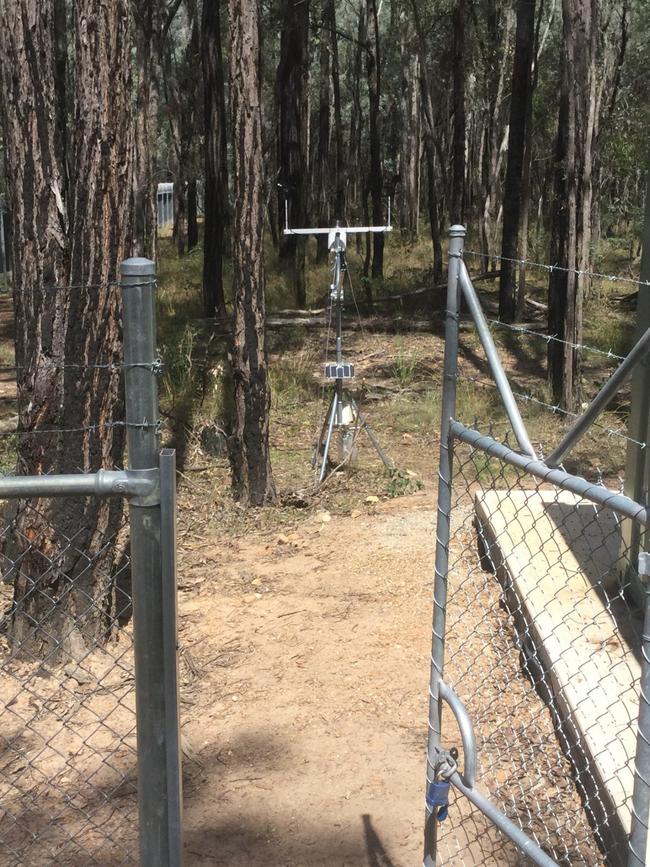
NSW Police is among the 14 partner organisations using AFTER to produce more informative data to assist investigations and provide resolution to the families of victims.
Currently, they are looking at ways to recover fingerprints from the skin of the deceased to help identify offenders, and will soon begin a study on how decomposition affects bullet markings to identify firearms used in crimes.
“Nothing compares to being able to test out new forensic techniques under the same circumstances that would be encountered in casework, and thanks to the incredibly generous donors we are able to do this at AFTER,” a NSW Police spokesman said.
“Through current and future projects we hope to provide more informative time of death estimations to investigators, to increase recovery of different evidence types from human remains, and to provide evidence-based data to inform experts making opinions about the circumstances of the death.”
Dr Ueland said researchers were already seeing the value of the facility, and more body farms around Australia would improve data and methods available to investigators.
“Now that we’re using humans you can be a lot more certain in your estimates and the information you can give to the police,” he said.
“I love it because for me I see the benefits. I’m also involved in case work and I’ve seen cases come to completion and that’s probably the most beneficial work I’ve ever been involved in.”
Originally published as Body farm where the dead give up their secrets for the living


